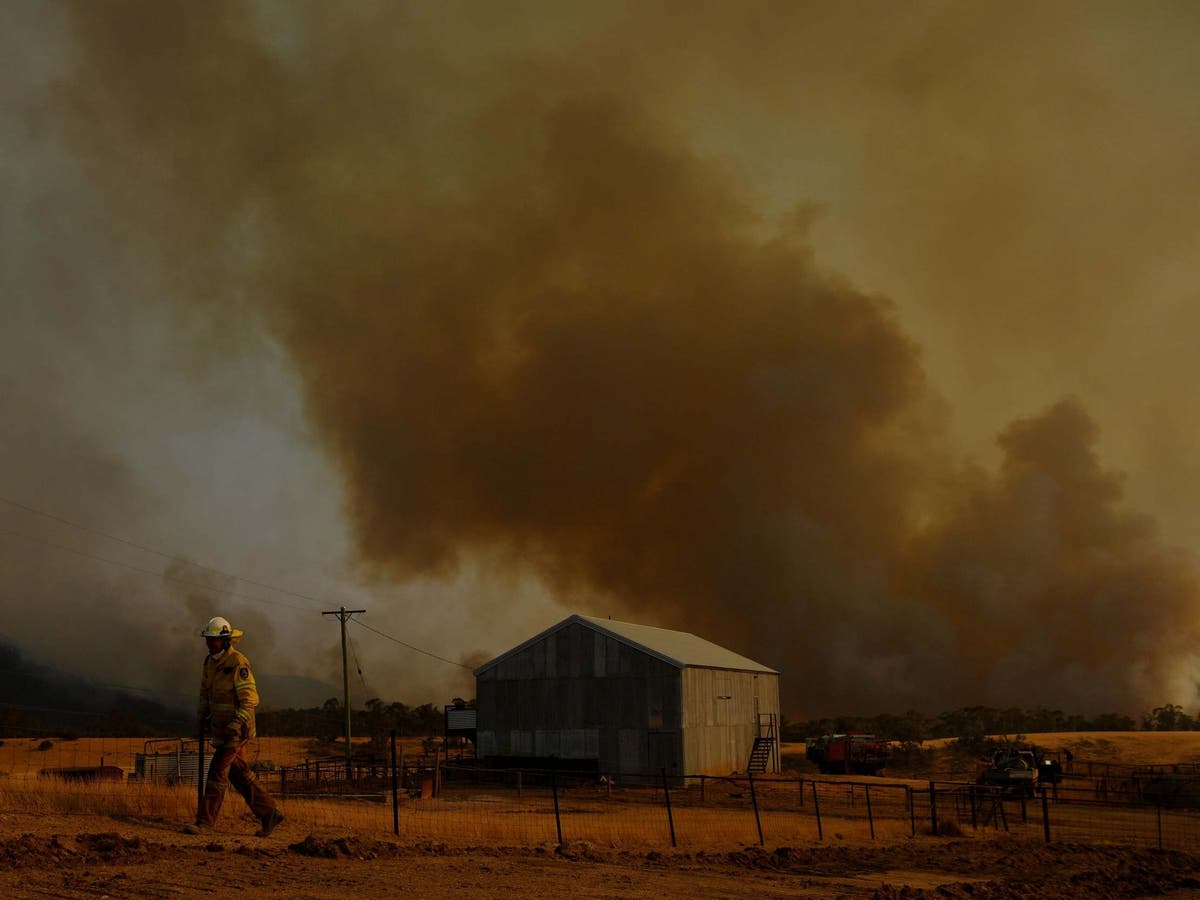- Joined
- Oct 7, 2008
- Messages
- 61,301
- Location
- Bulgaria

At least three people are dead so far and seven others missing in "unprecedented" bushfires in Australia.
As the fire emergency continued into its second day on Saturday, officials confirmed that more than 150 homes in New South Wales had burned down.
Thousands of people were forced to leave their homes, while bridges, schools and power lines were destroyed.
NSW Premier Gladys Berejiklian warned the number of casualties would continue to rise throughout the day.
The two known victims were killed by a fire near Glen Innes, about 550 km (340 miles) north of Sydney.
Here is a quick summary of the latest:
— Three people confirmed dead, at least five unaccounted for
— At least 150 homes destroyed in NSW
— At least 19 firefighters injured, 16 members of the public hurt
— 73 fires burning in NSW, 50 in Queensland
— One fire at emergency level near Noosa
— Thousands evacuated in parts of Queensland; fires also burning in Perth
— Erratic behaviour of the fires continues to threaten homes, with thousands on alert













